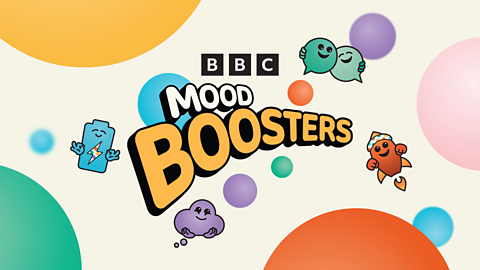Hi, I'm Amy.
And today we are going to recharge by taking some time out to stretch our worries away by moving slowly like a sleepy sloth.
Sloths sleep a lot, and when they're not sleeping they're resting or moving really slowly.
Sloths like to sleep in trees.
So let's start by climbing a tree so that our sloth can go to sleep.
Slowly, really slowly.
Let's begin to climb.
Sometimes we can feel tired and that's okay.
It's important to notice when we are tired or need to rest and take some time out.
Now that we've reached the sleeping spot, can you make the shape of the tree?
Arms in the air like branches and standing on one foot.
When we slow down, we can notice more about the world around us.
We can unplug and unwind and let our mind and body take a moment after a busy day.
Our sloth is feeling super sleepy.
So let's stretch our paws and interlock your fingers.
Stretch your arms out in front of you.
Palms away from you.
Take a deep breath in through the nose.
Out through the mouth.
Standing on both feet now.
Raise your arms up, keeping your paws linked and then gently lean to one side.
And then the other two.
This is our sideways sloth.
Can you feel your body stretch?
Now our sloth is getting really sleepy.
So let's lean down towards the floor.
Bend your knees slightly.
Take hold of your elbows and rock your arms gently from side to side.
This is our swinging sloth.
Take some deep breaths as you swing.
Now the sun is starting to set, and we're going to settle in a seated position.
Sit down with me.
Rest your hands on your knees, palms facing upwards, stretch up through your spine, sitting as tall as you can.
Head facing forwards.
This is sunset sloth.
Breathe deeply and slowly.
In through the nose.
Out through the mouth.
And imagine you are sitting in your tree watching the sunset on the horizon.
Well done, everyone.
I feel really rested.
When I feel tired, I listen to my body and take some time out taking care of myself.
Say it with me.
I can take care of myself. Ready?
I can take care of myself.
See you soon.
I'm off for a nap.
Strictly Come Dancing’s Amy Dowden becomes a sleepy sloth and combines the power of imagination with yoga-inspired poses designed to rest and relax pupils, preparing them for the day ahead.
This activity helps pupils to understand the benefits of slowing down and taking a rest when they’re feeling tired.
The video shows that it’s normal to feel negative emotions from time to time, and that we have the power to choose how we respond and bounce back.
Teacher Notes
Teachers can use this activity to help pupils recognise when they need to slow down, or take some time to stop, to help them to feel calm. It's important to listen to what our bodies are telling us through how we are feeling.
We advise teachers and parents to review the Moodboosters video prior to showing it to children at school or home, and consider the activity’s suitability for space, accessibility requirements and how it may be received by pupils.
Teachers should ensure that the learning environment is safe and supportive for all pupils during viewing, especially when they are asked to share ideas, feelings and emotions.
Visit the Teacher Guide for more information and support.
Curriculum Notes
Moodboosters classroom resources can be used for teaching primary school pupils aged 5 -11 PSHE in England, Health and Wellbeing in Wales and Scotland, and PDMU in Northern Ireland, and to support with Ofsted, Estyn and Education Scotland requirements.

More from Recharge:
Power Off. video
Dr Ranj Singh slows things down and gets pupils to be present and recognise when they're tense to help them feel calmer and more focused.
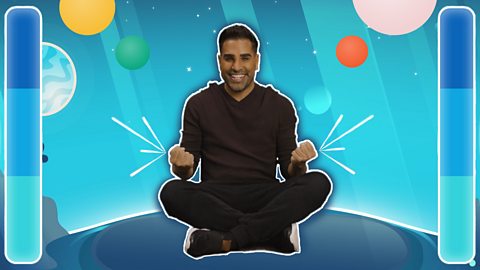
A Moment in Nature. video
TV Presenter Rhys Stephenson encourages primary school pupils to employ all of their senses to enable them to deal with the day ahead.

Breathe and Be. video
TV presenter and Strictly Come Dancing champion Oti Mabuse inspires pupils to explore breathwork and movement in this classroom activity.

Balance and Be. video
Olympian Bethany Shriever guides children using visualisation techniques to experiment how changing thoughts can affect our balance, mentally and physically.
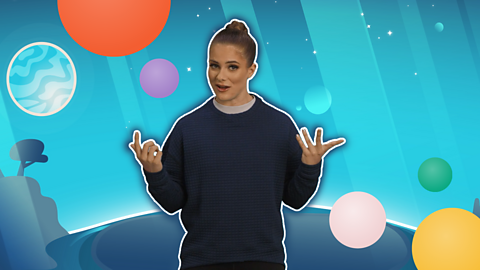
Jungle Stretch. video
CBeebies presenter Evie Pickerill uses slow, still and dynamic movements to encourage flexibility and mindfulness in children.
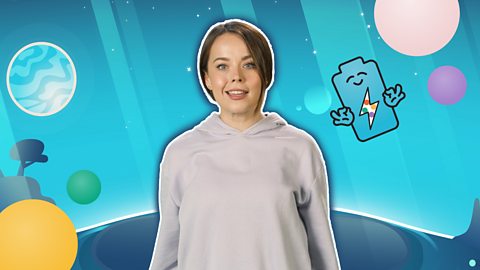
Self-Belief Warriors. video
Dr Ranj Singh leads pupils through a series of strong and empowering poses, helping to create positive mindsets and develop feelings of self-worth.
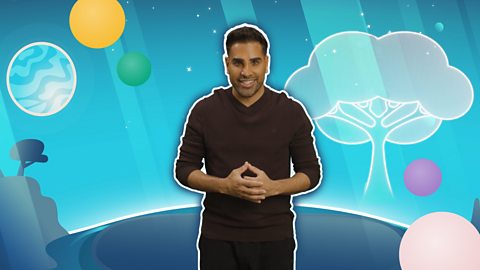
Meditation Station - Feeling Thankful. video
Ade Adepitan introduces techniques to teach children how to control their breathing to regulate feelings and emotions.
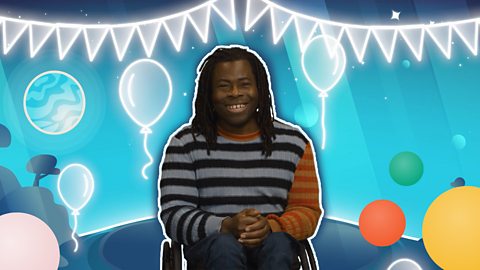
LOL Time. video
CBBC presenters Rhys Stephenson and Joe Tasker lead this fun activity that encourages children to work in pairs and make their partner laugh.

Pirouette to Peace. video
Evie Pickerill and Oti Mabuse teach some basic ballet moves that encourage primary school children to slow down, pause and take a break.


More from Moodboosters:
Boost. collection
Energetic, movement-based activities promoting self-confidence in children by encouraging them to use movement and positive thinking to build self-esteem.

Connect. collection
Fun, movement-based activities for children centring on relationships and how to recognise emotions in others through empathy.

Imagine. collection
Learning activities to promote creativity and optimism in children whilst encouraging them to use their imagination to envision their goals and aspirations.

Teacher's guide
Curriculum-linked ideas and tips about how you can use Moodboosters with your class during the school day.

Watch again - our live launch. video
Watch highlights as children from around the nations join together for a big mood-boosting moment.
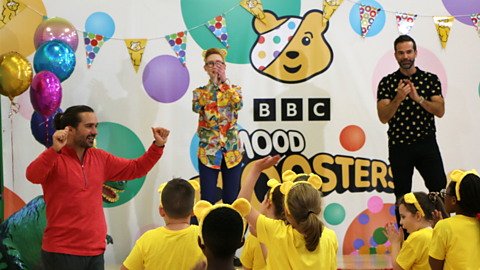
About Moodboosters
Everything you need to know about our initiative to get KS1 / KS2 pupils moving for mental health and wellbeing.
